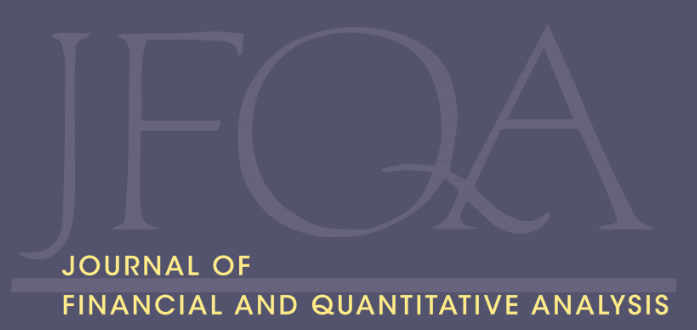Federal ID: 91-6001537
ISSN: 0022-1090 (Print) | 1756-6916 (Online)
Book-to-Market, Mispricing, and the Cross-Section of Corporate Bond Returns
Sohnke M. Bartram, Mark Grinblatt, and Yoshio Nozawa
♦ Corporate bonds’ book-to-market ratios predict returns computed from transaction prices. Senior bonds (even investment-grade) with the 20% highest ratios outperform the 20% lowest by 3%–4% annually after non-parametrically controlling for numerous liquidity, default, microstructure, and priced-risk attributes: yield-to-maturity, bid-ask-spread, duration/maturity, credit spread/rating, past returns, coupon, size, age, industry, and structural model equity hedges. Spreads for all-bond samples are larger. An efficient bond market would not exhibit the observed decay in the ratio’s predictive efficacy with implementation delays, small yield-to-maturity spreads, or similar-sized spreads across bonds with differing risk. A methodological innovation avoids liquidity filters and censorship that bias returns.
Read it here.
